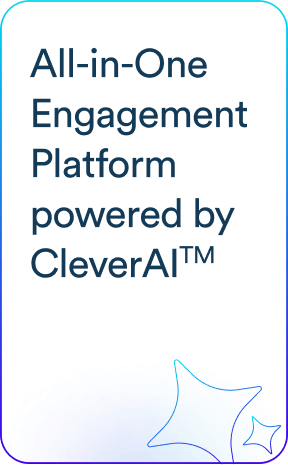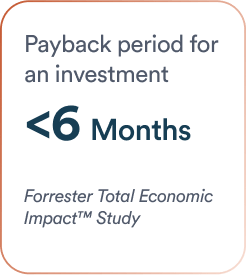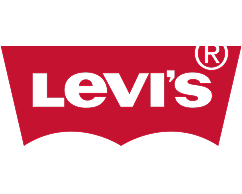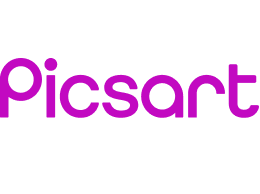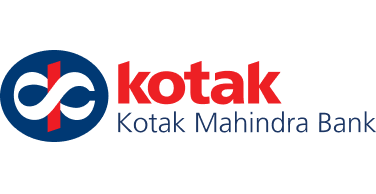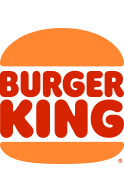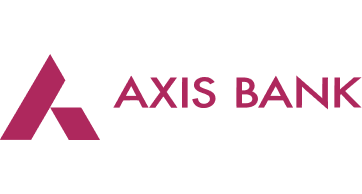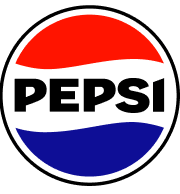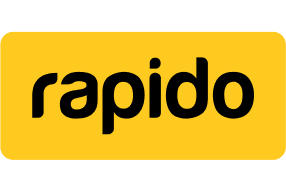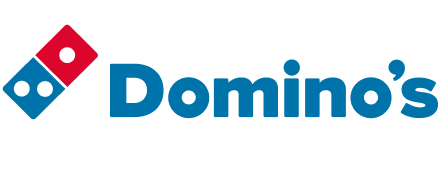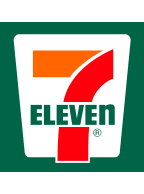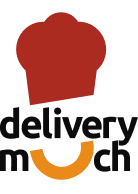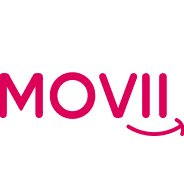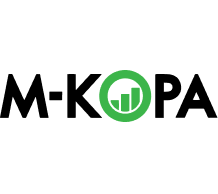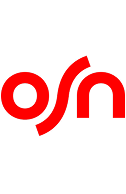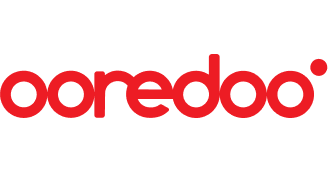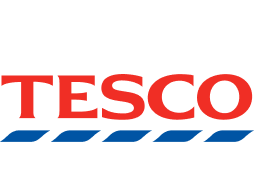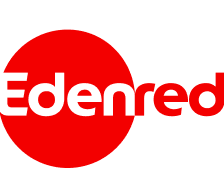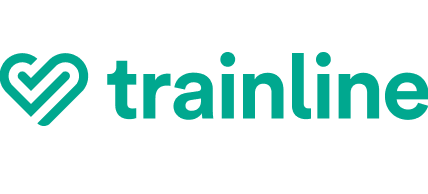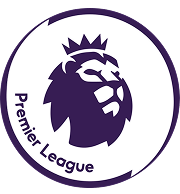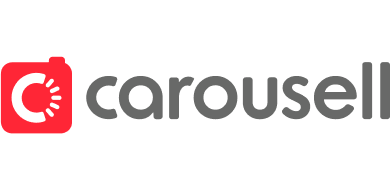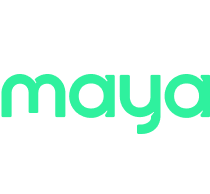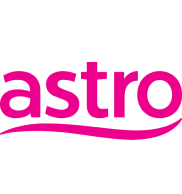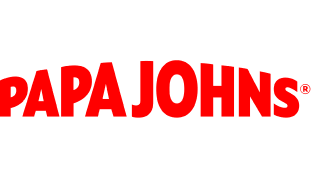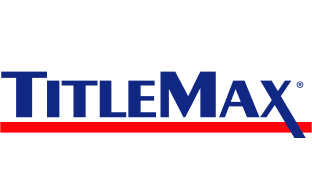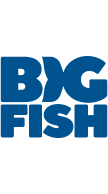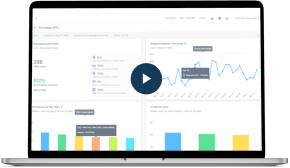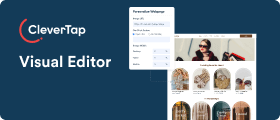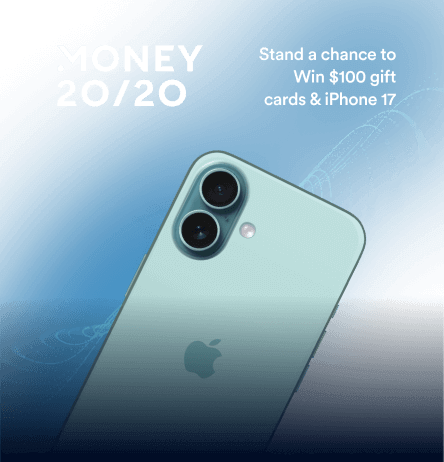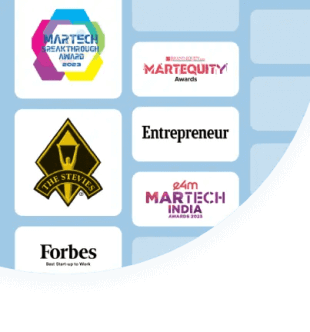The definition of app conversion varies widely from industry to industry. For an e-commerce marketer, an app conversion event can be “order placed”. However, as a banking or fintech company, a new account or a transaction would mean an app conversion.
Regardless of the type of conversion, every company wants to increase app conversion rate to maximize its branding, marketing, and advertising ROI. The trick depends on the kind of conversion expected. Let’s start with the fundamentals and explore strategies to increase app conversion rates.
What Is App Conversion Rate?
App conversion rate is a metric that measures the percentage of users who complete a desired action on an application out of the total users who had the opportunity.
Formula:
App Conversion Rate = (Number of users who completed a desired action ➗Total number of users with a chance to complete the desired action) x 100
Here’s a quick example to illustrate the formula:
If 500 people installed an app, but only 10 of them made a purchase, the install-to-conversion rate will be:
= (10/500) x 100
= 2%
2% will be the app conversion rate in this scenario.
Similarly, there can be different events that define the app conversion rate:
- Store-Page Conversion: Store visitors who install the app. App store optimization (ASO) strategies would help optimize it.
- Install-to-Event Conversion: It means how many users completed a key event after installing the app. In SaaS, it’s typically “trial-to-paid conversion,” which refers to several users on a free trial who subscribed to the application.
- Engagement-to-Conversion: For multi-step processes, like in e-commerce, where a shopper adds a product to their cart and makes a purchase, conversion can be measured from one in-app event to another.
Conversion events are usually scattered across different funnel stages. Together, they form the whole conversion funnel, where the final conversion event is when the buyer exchanges money for your product or service.
Current Benchmarks for App Conversion Rates
You need to know the current benchmarks to understand if you must invest in strategies to increase app conversion rate. Consider these benchmarks with a ballpark range since they vary largely among app categories, regions, and platforms. Here’s what the data tells us about the app conversion rate benchmarks:
Install-to-Purchase Rate In E-Commerce
The install-to-purchase rate in e-commerce applications is low. Business Insider reports that only 1% to 2% of installers make purchases. Another report by AppsFlyer says, “10% of installers become buyers and 60% of first-time app buyers will buy again.” This difference is mainly due to the difference in install-to-purchase rates of different product categories in various regions.
For example, travel applications convert better than retail companies. In the same vein, an AppsFlyer blog suggests that American buyers convert at a higher rate compared to shoppers in emerging markets.
What is the average e-commerce conversion rate benchmark? How can you improve yours? Find out here.
Trial-to-Paid Conversions In SaaS
Compared to e-commerce, trial-to-paid conversion rates in subscription apps are on the higher side. However, they are on a falling trend year-on-year. Free-trial conversion was around 40.5% in 2023, which fell to 37.3% in 2024.
The chart below gives a more comprehensive overview of trial conversion metrics observed in subscription-based businesses.
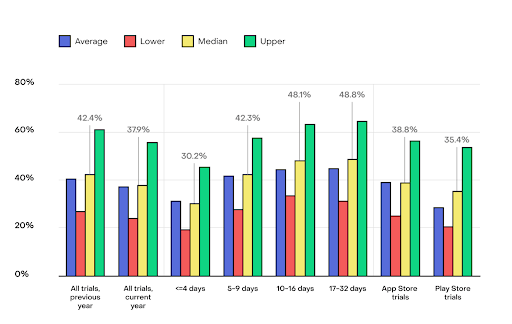
Source: RevenueCat
The chart clearly suggests that shorter trials (<4 days) show low conversion, while longer free trials (17-32 days ) give a conversion rate of around 48.8%.
Download-to-Paid Rate Across All Applications
Across all apps and regions, around 1.7% of downloads convert to paying subscribers. Categories like health and fitness show a decent conversion rate, around 9.4%. A region-wise assessment reveals that Europe may fall short at a 4.5% conversion rate. Japan and South Korea have a medium conversion rate of around 2%, except for Education in South Korea, at 10.7%.
Based on these details, app conversion rates are clearly low for e-commerce and are directly influenced by app category, OS, device, region, and customer demographics.
What are the current average website conversion rate benchmarks? See the report here.
How to Increase App Conversion Rate: 25 Strategies
Below are a few strategies that will help you increase app conversion rates in your campaigns.
1. Optimize The Onboarding Experience
You need a frictionless onboarding funnel with a quick account setup, app tour, permissions, etc. to increase app conversion rate. Structure them to communicate value seamlessly without confusion. The user should be able to get into the application as quickly as possible without making a lot of effort.
Shine Bank (in France) was able to streamline its onboarding while making necessary UI/UX changes to realize an 80% conversion rate. Here’s a gist of what they did:
- App Store Optimization: Optimized their App Store page
- Relevant Images: Added images that clearly describe what the app does and how it helps
- Messaging: Reminded the user about its USP when they open the app (even before logging in)
- Single CTA: Kept only one action on one screen
- UI Improvement: Made the onboarding experience unique with motion design
- Information Aggregation: Leveraged autofill as much as possible to avoid asking for information repeatedly
- Navigation: Led the users into the application quickly and guided them about the next step after every action
Most importantly, improve your app store ratings, as the conversion action often requires logic, which ratings supply in the form of social proof.
To improve conversion rate of a fintech app, streamlining identity verification and guiding users to navigate the app effectively will lead to more sign-ins and usage conversions. Usage can refer to a transaction or any action that brings a user to the app.
2. Improve App Store Optimization (ASO)
Your App Store listing is the first stage where you must effectively engage visitors to install the application. When this is the key conversion event you’re eyeing to optimize, it’s best to start A/B testing icons, preview, and description. Kiwi.com, a Czech online travel agency, was able to increase app conversion rate by 82% by implementing ASO.
Similarly, a puzzle game app increased installs by 18.3%. A better ASO funnel would automatically translate into higher-quality users arriving at your application.
An ASO strategy generally comprises conversion rate optimization and keyword optimization. In some cases, localization also helps when you’re targeting a global customer base.
Check out e-commerce ASO tips for user acquisition.
3. A/B Test Repeatedly
Test different variations of key app screens and flows from a UI and UX standpoint. Make sure some data, not necessarily yours, drives the tweaks you make. It can be competitors’ data from which you can take inspiration for your tests.
You need rigorous testing to identify what UI, pricing, and copy would help maximize conversions. These iterative optimizations would increase app conversion rate in the long run.
Did you know? CleverTap’s Product Experiences gives you a platform to experiment on multiple campaign elements by A/B testing different copies, CTAs, and creatives. It turns UI elements into variables, encouraging experiments that implement changes instantaneously.
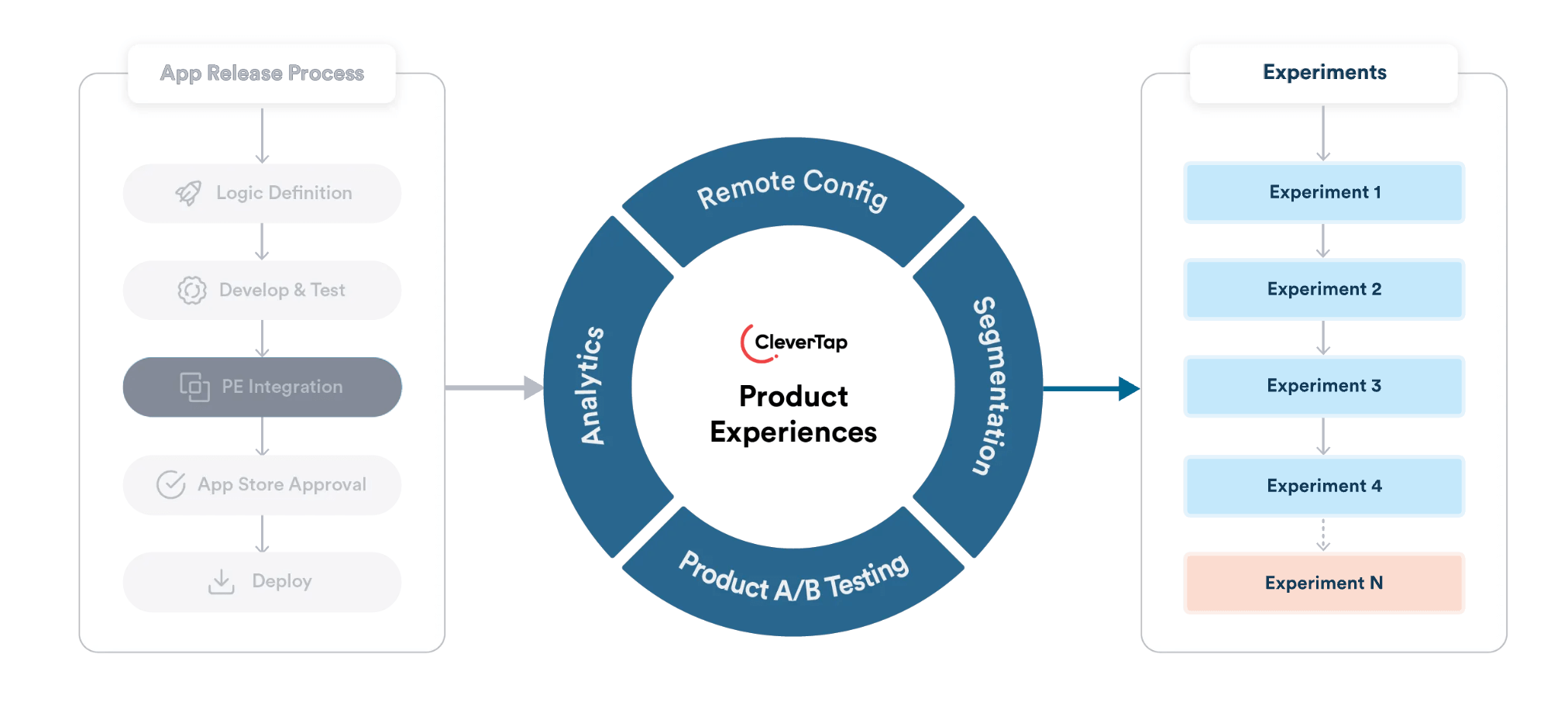
4. Personalize UX
Conversions happen when your app’s offering precisely overlaps with a user’s needs and wants. Personalization brings in precision. Modern users expect a business to cater to their use case exactly how they expect it, without unnecessary hassle. It directly impacts conversions.
A CleverTap press release states that an e-commerce business uses targeted personalization to get 6x to 7x more purchases than businesses that deliver generic messaging.
Did you know? CleverTap was recognized in the Gartner Personalization Magic Quadrant for personalization engines. Download the report.
Similarly, a fashion application in the UAE leveraged a personalized cart abandonment push, which included product images and deep links to achieve a 400% increase in conversions.
Below are a few examples to show different ways you can show personalization to increase app conversion rate:
- Product Offers: Customize pricing based on region and past purchases to make your offer exclusive for repeat buyers.
- Recommendations: If you run an e-commerce store, use real-time insights to personalize product or service recommendations for users. For example, if someone is buying a new iPhone, package it with a case and a charger with personalized, discounted pricing to give customers a better deal.
- User Experience: Suppose you’re selling SaaS on a global scale. Personalize the subscribing experience for users. Consider Ahrefs, an SEO software. When you purchase the subscription from India, it automatically charges a GST (Tax) amount. However, if a user enters their GST number, this additional tax is reduced to zero.
The benefit here is as clear as the Blue Lake in New Zealand’s South Island. Personalization turns lukewarm prospects into buyers by making UX, pricing, and offers relevant to users’ needs.
5. Use Push and In-App Notifications
Personalize push notifications to optimize engagement. It helps increase app conversion rate.
Axis Bank increased its credit card conversion by 27% through AI-powered push notifications. They adopted Clever.AI’s Scribe and IntelliNODE to generate emotion-driven messaging and automate A/B tests to find the most effective channel in an omnichannel approach.
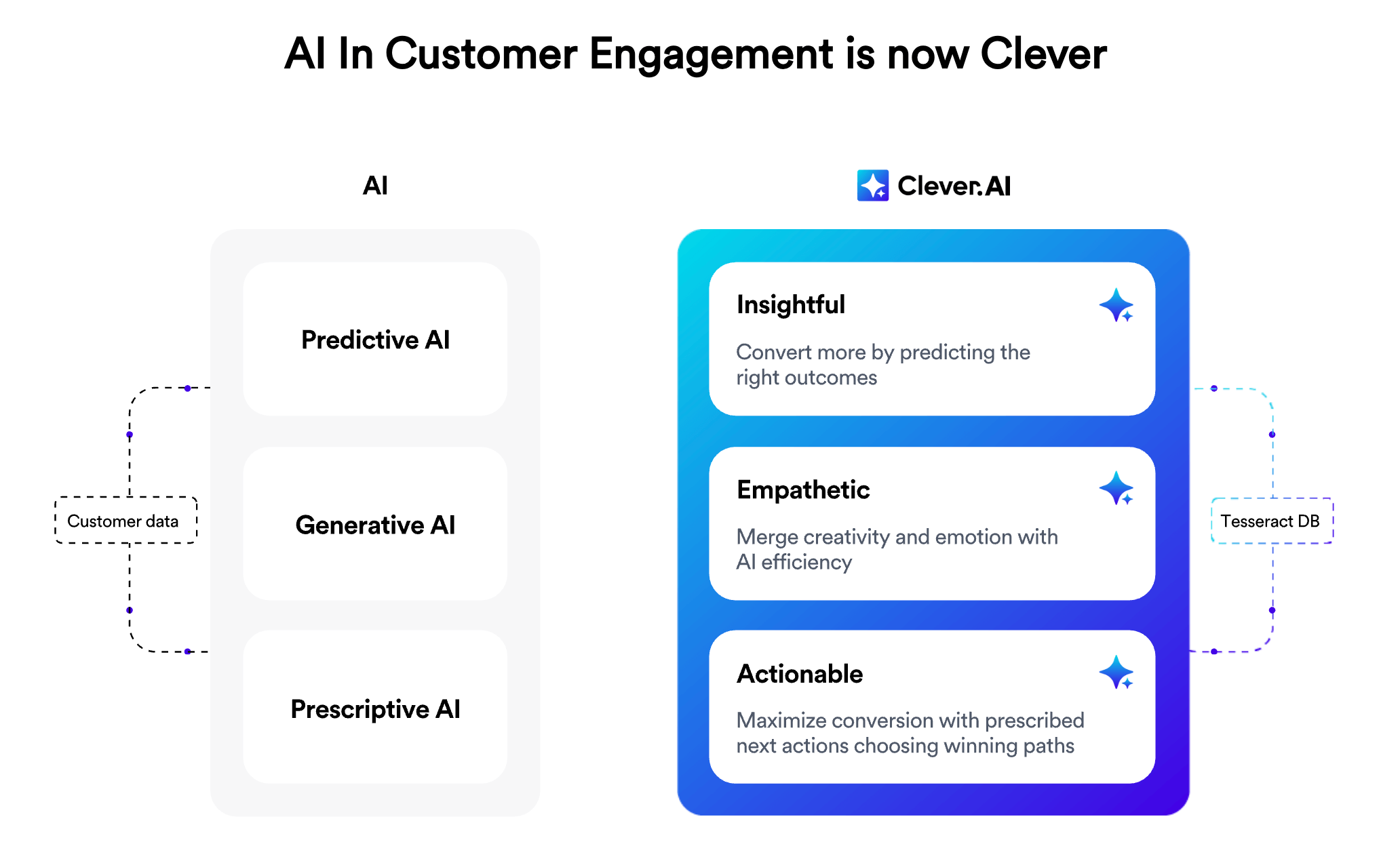
The notification’s timing also matters a lot. For example, in the case of the MyVodafone app, CleverTap Analytics identified a 2-minute window for people who didn’t complete a transaction. When a targeted push was sent in that window, it doubled conversion and achieved a 23.7% click-through rate for re-engagement campaigns.
6. Implement Social Proof
When your north star is “orders” in an e-commerce store, you need voices to vouch for your products. This voice reduces hesitation and adds logic to a rather emotional decision to purchase an item or service. The voice comes from customers.
We’re herd people. We like to follow or believe what others like us say or do. When you get customers’ voices in the form of reviews, testimonials, or social endorsements, it builds trust for your brand. This trust nudges a buyer to place orders, believing others’ opinions are in your favor.
Even a review matters if your product is relatively new or newly listed. Remember, quantity isn’t quality. The more quality reviews you aggregate (even if fewer in number), the higher you can increase app conversion rate.
7. Improve App Performance
This is where things get a little technical.
Based on Google research, improving mobile page load time by 0.1s increases conversion by 8% in retail and 10% in travel sites. While optimizing load time is crucial, make sure you don’t trade off the application’s stability. Application crashes can directly kill conversions. You’d want to avoid it at all costs.
It’s best to optimize for app launch time and monitor crash rate to increase app conversion rate. Look at KPIs like time-to-first-interaction and fix bottlenecks preventing you from getting a smoother funnel.
8. Offer Incentives for Conversions
Shoppers are motivated by deals. Everyone is looking for a deal they don’t want to miss. Therefore, if you offer a timed discount, coupon code, rewards, or limited-time offer, it helps nudge users over the line.
When you offer a first-transaction discount, for example, a $1 per month first-three-month subscription to a SaaS application, you increase the perceived value of a product or service. The benefit becomes more straightforward at this stage, making the decision easier.
However, there’s a catch. Make sure these incentives are limited-period offers or carefully personalized for users. Otherwise, they’ll end up training users to wait for deals instead of maximizing revenue.
9. Create a Strong Value Proposition
A strong value proposition communicated spells out our conversions. Your messaging should succinctly answer, “What’s in it for me?” It’s best to reinforce value throughout.
For example, an e-commerce application can clearly state guarantees (30-day return), emphasizing security and ease. A compelling value proposition reduces friction and justifies the action leading to conversions.
10. Use Analytics to Inform Decisions
Let data drive your decision. Dig deep into the in-app journey and see where conversion drops or what events drive purchases.
Way.com, an automotive fintech platform, used CleverTap’s Funnels to visualize how users navigated their website and application and where they dropped off. They dived deep into user inactions like abandoned carts to schedule messages with deep links to a product. With this approach, they increased conversions by 43%.
Way’s decisions were backed by real user behavior data, which maximized their impact on conversions. Similarly, analyzing drop-off points, running calculated A/B tests, and iterating will increase your brand’s conversions.
Make sure the data you’re analyzing is accurate and that you’re tracking the right conversion rate metrics, as it would be the fuel to spark decisions.
11. Use Exit-Intent Popups
Exit-intent popups help recover abandoning users by offering a last-minute incentive or capturing feedback.
For example, when a user tries to close the app mid-signup or transaction, you can prompt them with a discount or ask what went wrong. This micro-engagement helps reduce churn rate and boosts conversions.
12. Add In-App Surveys to Understand Drop-Offs
Surveys embedded within the app (especially after a failed conversion) can offer valuable insights into why users didn’t convert. CleverTap’s native feedback features allow you to collect this information passively and act on it quickly. CleverTap provides customizable NPS survey templates within its in-app messaging, web pop-up, and other channels to help you gather and understand user sentiment.
Parco, an urban mobility app, implemented CleverTap’s in-app NPS surveys to capture real-time user feedback. Using CleverTap’s segmentation tools, they grouped users by NPS score and tailored communication: promoters were encouraged to advocate, while detractors received personalized support.
As a result, Parco increased its Net Promoter Score by 17%, increased app conversion rates by 12%, and improved their Prime subscription rate by 28%.
13. Prioritize Micro-Conversion Tracking
Focusing only on macro-conversions—like purchases or subscriptions—can miss key user signals earlier in the funnel. Micro-conversions are smaller actions that indicate intent and engagement, helping you better understand user behavior and optimize the path to conversion.
Micro-conversions include actions such as:
- Product or service views
- Add-to-cart or wishlist actions
- Partial form completions
- Sharing content
- Watching tutorial videos
- Opting in for notifications
Each step reflects interest and movement toward the main goal.
Micro-conversions act as early indicators of user intent. Tracking them helps you:
- Spot friction points before drop-offs
- Personalize interventions like nudges or retargeting
- Segment users by engagement
- Predict churn or conversion
- Improve UX based on real behavior
Use tools like CleverTap’s Funnels and Cohorts to track journeys. Trigger messages based on user behavior—e.g., cart reminders or time-sensitive discounts. Also, A/B test UI elements and nudges at these micro stages to increase engagement.
Micro-conversions are behavioral breadcrumbs that guide users toward final actions. Tracking and optimizing them can significantly improve conversion rate and retention over time.
14. Use Behavioral Segmentation
Segment users based on real-time behavior such as session duration, feature usage, or navigation flow. Then create tailored in-app messages or offers for each cohort to guide them toward conversion.
Here’s everything you need to learn about how to conduct behavioral segmentation effectively.
15. Enable Guest Checkout
Mandatory sign-ups can cause users to abandon checkout, especially first-time buyers. Offering a guest checkout option removes this friction and speeds up the purchase process.
After the transaction, prompt users to create an account by highlighting benefits like faster future checkouts or order tracking. It’s a simple way to boost conversions without sacrificing user convenience.
16. Optimize for Voice and Search
Ensure your app’s internal search works seamlessly and delivers relevant results. Implementing voice search capabilities is another way to reduce friction and improve conversions for users who prefer hands-free interaction.
For example, in financial services, with personalization becoming crucial, CleverTap’s Banking on AI report recommends that banks use AI-powered tools to incorporate multilingual and voice-based features to ensure inclusive engagement across diverse customer segments.
Download the full report to see how banks like Axis and Bandhan are incorporating AI into their systems.
17. Retarget Drop-Off Users with Deep Links
Use deep linking to bring users directly back to the action they abandoned. For instance, if a user leaves a purchase midway, a personalized push with a deep link to the checkout page reduces steps and boosts chances of conversion.
18. Gamify Conversion Goals
Incentivize key actions by using gamification elements like badges, streaks, progress bars, or spin-to-win offers. These techniques introduce motivation loops and nudge users to complete their journey, and thus help increase app conversion rate.
For example, Nike’s app drives frequent sessions through personalized recommendations, exclusive NikePlus rewards, and fitness tracking. Nike enhances customer engagement and loyalty by offering tailored content and push notifications. This strategy increases app conversion rates and strengthens user relationships, resulting in more repeat purchases and higher brand loyalty.
19. Use Smart Defaults
Smart defaults simplify decision-making by automatically pre-filling or suggesting options based on a user’s previous behavior, preferences, or location. These might include:
- Auto-selecting the user’s country or region
- Suggesting frequently used payment methods or shipping addresses
- Pre-selecting preferred product categories or app settings
By reducing the number of manual inputs required, smart defaults help minimize cognitive load and speed up the user’s journey to conversion. This is especially useful in mobile apps, where screen space is limited and quick actions are critical.
For returning users, this familiarity creates a seamless, personalized experience, making them more likely to complete actions like checkouts, form submissions, or repeat purchases. The less effort users need to make, the more likely they are to convert.
20. Eliminate Unnecessary Permissions at Onboarding
Request only essential permissions during onboarding to avoid overwhelming users and increase app conversion rate. Asking for access to location, contacts, or camera too early can reduce trust and lead to drop-offs. Instead, use contextual permission prompts when features are needed. This builds user confidence and improves onboarding completion rates, ultimately helping you in conversion rate optimization.
21. Leverage Heatmaps and Session Replays
Visual analytics, like heatmaps and session recordings, help you understand where users get stuck or distracted. This data supports UX refinements that directly helps increase app conversion rate.
For example, ProgrammingHub uses session analytics in CleverTap to track all the actions performed by a user within a session. Additionally, trends help them to compare user actions to identify how they engage with the app. Some of the key events tracked and compared include installations, courses enrolled, topic completed, courses completed, purchases made, and uninstalls. This led to increased app conversions and a 10-15% boost in subscription ROI.
22. Offer a Freemium Experience with Upgrade Nudges
Providing a freemium model allows users to experience your app’s core value without any upfront cost, making it easier to attract and onboard new users. As they engage and see benefits, introduce well-timed upgrade nudges, such as when they hit usage limits, try to access premium features, or complete key actions.
These nudges feel relevant and less intrusive, boosting the likelihood to increase app conversion rate. By aligning prompts with moments of high engagement, you build trust and create a smooth path from free user to paying customer.
23. Implement Countdown Timers for Offers
Creating a sense of urgency is a powerful psychological trigger that can drive faster decision-making and increase app conversion rate. By adding countdown timers to limited-time offers, flash sales, or exclusive deals, you tap into users’ FOMO (fear of missing out)—prompting them to act before the opportunity disappears.
Timers work especially well in checkout flows, promotional banners, or push notifications. For example, displaying “Offer ends in 10 minutes” can create the nudge needed to complete app purchase.
However, it’s important to ensure that countdowns feel genuine and time-bound. Repeating the same timer for every user or faking urgency can backfire, eroding trust. Keep it real, relevant, and personalized to maintain credibility while boosting conversions.
24. Use Trust Badges and Certifications
Trust is a crucial factor in the decision-making process, especially in fintech, health, and SaaS apps where sensitive data is involved. Displaying trust badges, such as payment security (e.g., PCI DSS compliance), privacy certifications (e.g., GDPR), SSL encryption, or endorsements from reputable third parties, reassures users that their data is secure and the brand is credible.
This visual validation reduces hesitation and builds confidence during key moments, like sign-up, checkout, or payment and helps to increase app conversion rate. According to a Baymard Institute study, 18% of users abandon their cart because they don’t trust the site with their credit card information. Adding visible trust indicators can directly address this concern and recover conversions.
25. Streamline the Payment Process
Simplifying the payment process can significantly increase app conversion rate. Use one-tap payment options like Apple Pay, Google Pay, or PayPal to reduce friction, especially on mobile. Save user preferences for faster future checkouts and offer local currency support to build trust with global users.
According to Stripe, 21% of shoppers abandon purchases if their preferred payment method isn’t available, highlighting the importance of offering flexible, user-friendly payment options.
Increase App Conversion Rate Using CleverTap
CleverTap introduces data-driven automation that helps combine many of these strategies to increase app conversion rate. It ingests data and segments users’ data in real time, which caters to Journeys, the omnichannel campaigns across push, SMS, email, and in-app.
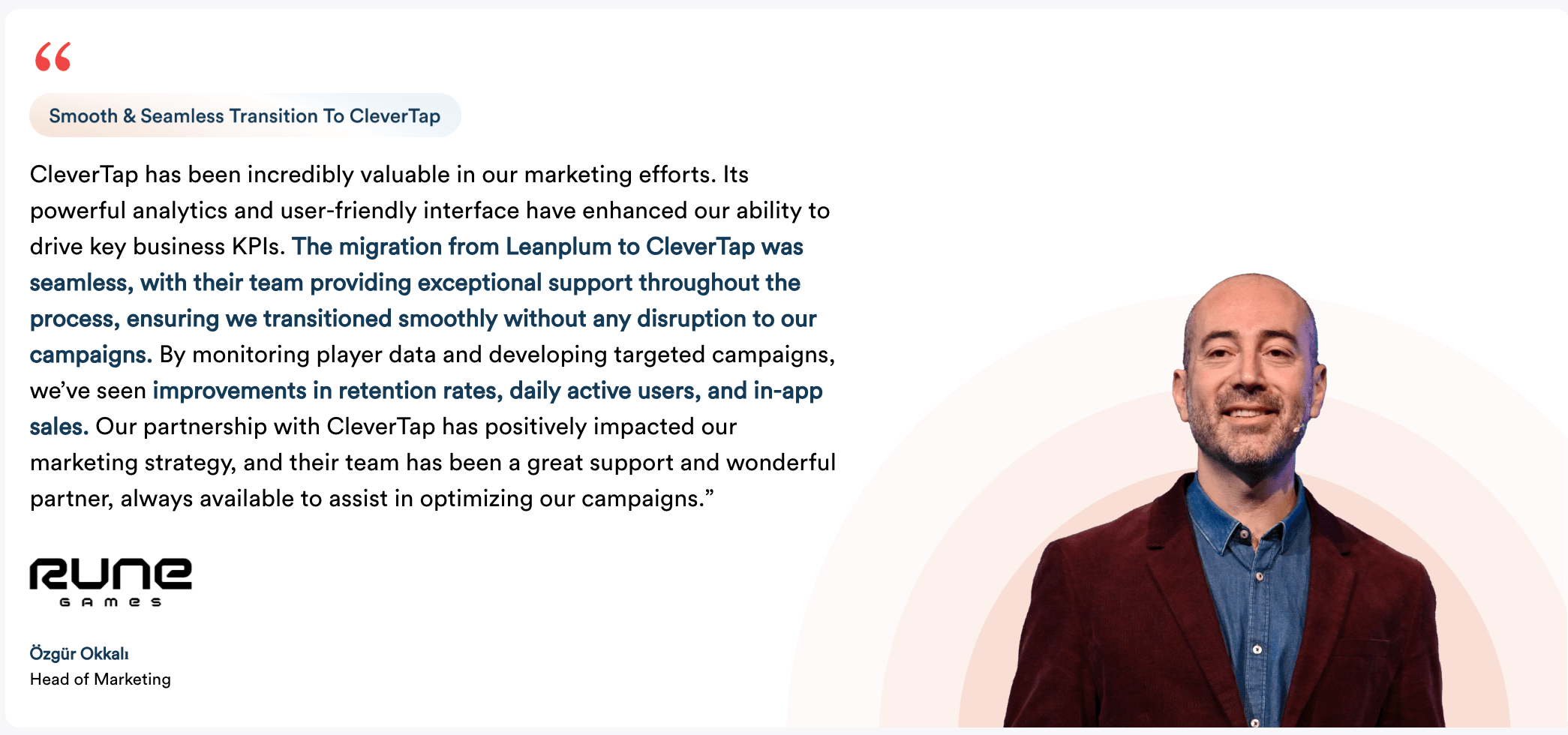
The platform packages experimentation and optimization features like A/B testing and Funnel and Cohort analytics together, solving for data-driven optimizations in user journeys. You get features to personalize push notifications based on users’ behavior in an application, such as triggering a push notification 2 minutes after cart abandonment.
Overall, CleverTap unifies analytics, segmentation, personalized messaging, and testing in one platform. It empowers businesses to increase app and website conversion rates systematically.
Try CleverTap. G2, Forrester, and Gartner recognize it as a leader and strong performer in its personalization engine and cross-channel messaging.
Agnishwar Banerjee 
Leads content and digital marketing.Expert in SaaS sales, marketing and GTM strategies.
Free Customer Engagement Guides
Join our newsletter for actionable tips and proven strategies to grow your business and engage your customers.

